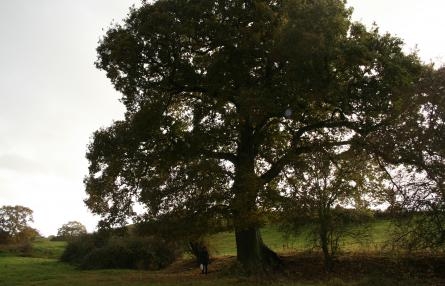The Hybrid Bill required to construct Phase 2a of HS2 – the 36-mile route from the West Midlands to Crewe expected to be operational in 2027 – had its Second Reading in the House of Commons yesterday (30/1/18).
The Trust believes that the Environmental Statement – published in July 2017 to accompany the Hybrid Bill documents – is incomplete and offers an inaccurate picture of the likely impacts. This is a repetition of the inadequacies of the statement produced for Phase 1 and is a cause for grave concern. If the Environmental Statement is inaccurate it has repercussions for the mitigation measures and funding. Phase 2a of HS2 affects important wildlife sites and, based on the information provided in the Environmental Statement, the proposed compensatory habitat is insufficient to address the damage.

